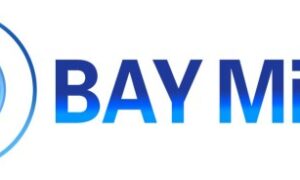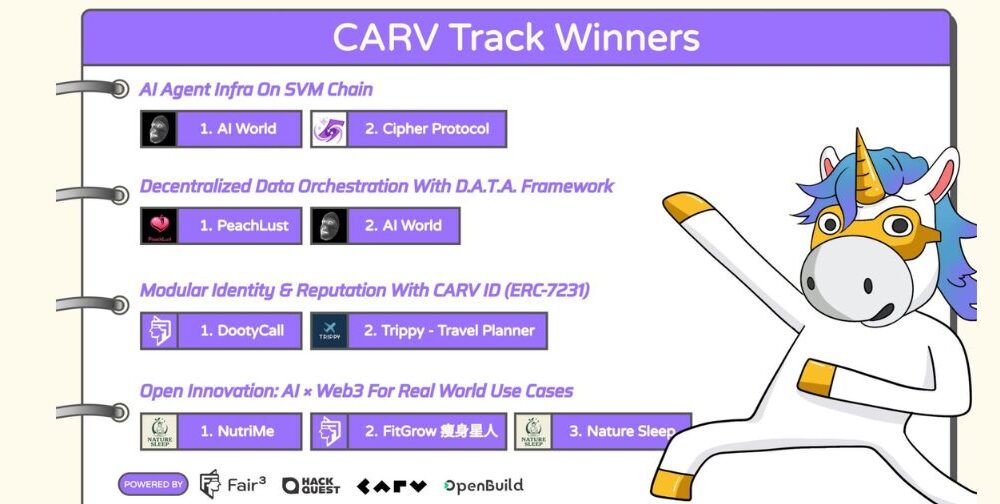All You Need To know About Merit Based Incentive Payment System (MIPS)
In 2015,CMS introduced the quality payment program named as Merit Based Incentive Payment System. The main goal of MIPS was to encourage qualifying providers to concentrate on increasing the quality of care provided to Medicare beneficiaries while fostering interoperability and making sure patient safety.
It has become important for the healthcare providers to grasp key features of MIPS reporting to increase the practice and avoid negative payment adjustments. Participating in MIPS will increase patient care and also optimize the Medicare Part B reimbursement.
What is MIPS quality reporting?
The measurable standards which are used to assess the quality of care provided by healthcare providers are known as MIPS quality measures.Quality measures may be classified as either process oriented or outcome oriented, and they help in assessing and increasing health results and patient contentment.
-
Quality
In this category you have to report on the quality of their patient care. Healthcare providers choose six quality measures from almost 300 options. This measure considers the quantity of patients receiving treatment and the nature of the care being delivered. It also examines patient results and guarantees that the care delivered meets the established standards.
-
Improvement Activities
Providers must report on a specific number of activities based on their speciality. This measure addresses the efforts that healthcare providers are making to increase their practice, including patient involvement, workforce training and care management.
-
Promoting Interoperability
The third category of MIPS reporting is promoting interoperability. The aim is to make sure that healthcare providers are effectively using technology to improve quality care. This requirement mandates that providers show they are utilizing certified electronic health record technology to improve patient engagement, disseminate health information and promote patient care.
-
Cost
The fourth MIPS reporting measure totally depends on cost. The aim is to verify healthcare providers deliver high quality services while minimizing unnecessary expenses. Providers are evaluated against standards to guarantee they deliver affordable care.
Quality Performance
The Quality Performance Category depends on the documentation of quality measures. It also typically encompasses clinical processes that reflect the standard of care delivered by a healthcare provider. In this category, healthcare providers are required to report a minimum of six quality measures with at least one being an outcome measure, across various care domains.
Each metric has specific benchmarks that healthcare providers must achieve or surpass.These standards vary annually, so healthcare providers must stay informed about the latest benchmarks to increase their MIPS reporting score.
Distribution Of Category For Promoting Interoperability Performance
The Promoting Interoperability Performance Category is an important element of MIPS, contributing 25% to the overall MIPS score. Healthcare providers must obtain a specific score by accomplishing a series of required measures. This category emphasizes the utilization of certified electronic health record technology designed to improve interoperability and patient engagement. It guarantees that the sharing of health information remains secure and confidential.
Category Distribution Of Improvement Activities Performance
A new component to the MIPS reporting program is the Improvement Activities Performance Category. The goal is to increase patient results and their experience of care with a contribution of 15% to the overall MIPS score.
In this category, healthcare professionals must engage in one or more activities from the specified list that demonstrate their dedication to enhancing clinical practices. Certain activities in this area involve improving care coordination, increasing access to practices, or establishing a health information exchange. To navigate these requirements effectively, Prime Well Med Solutions turn to MIPS consulting services for expert guidance in selecting and implementing the most impactful improvement activities.
Cost Performance Distribution By Category
CMS will calculate the score automatically using the Medicare claims data. This category is not required for participation. Healthcare professionals must make sure that the treatment they provide to patients is both economical and of the highest calibre.
What are MIPS APMs?
An Alternative Payment Model is a payment strategy that encourages providers to offer high quality and coordinated care. MIPS APMs merge these two initiatives, enabling providers to receive rewards for engaging in novel payment models.
MIPS APMs are a collection of payment models aimed at incentivizing providers to offer high-quality and patient-focused care. Such arrangements may consist of shared savings models, bundled payments, and various innovative strategies. With MIPS registry, these models are becoming more streamlined, allowing providers to report on measures that are more relevant to their specialty or practice.
To engage in a MIPS APM, providers need to fulfill certain requirements, including delivering adequate services to Medicare beneficiaries.
How Can I Avoid Negative Payment Adjustments?
Healthcare professionals need to maintain a CPS above the MIPS performance threshold or minimum performance standard to avoid a negative adjustment.
We can overcome negative payment adjustments through achievement in the four performance categories. Therefore, healthcare providers must prioritize high quality care, execute improvement activities, promote interoperability and adopt cost efficient measures.
Tips For Effective MIPS Reporting
Concentrating on the quality category since it carries the most significant weight in the scoring system can increase your MIPS score. Select measures that correspond with your clinical practice and verify that they fulfill the reporting requirements.
Additionally, becoming a member of an Accountable Care Organization has gained significant traction within the framework of MIPS reporting. A primary reason healthcare providers are adopting ACO is the financial rewards they offer, which includes assuming the risk of penalties. Collaborating within an ACO allows providers to benefit from these incentives and attain improved performance ratings compared to operating independently.
Ending Note
Healthcare providers are shifting more towards performance measures with payment modifications and strategies. Qualified clinicians must focus on the important aspects of MIPS while working to improve the quality of patient care.
Providers are concentrating on performance categories, quality measures, APMs and MIPS payment adjustment to fulfill the expectations for MIPS reporting. Grasping these important factors may result in favorable payment changes from CMS and provide improved care for patients.
To gain more accurate information and stay up to date, your go to platform can always be Prime Well Med Solutions! Connect with us today!



































